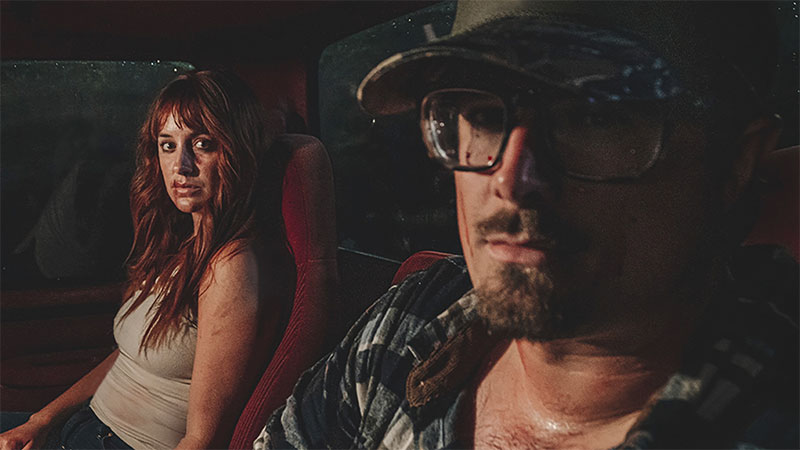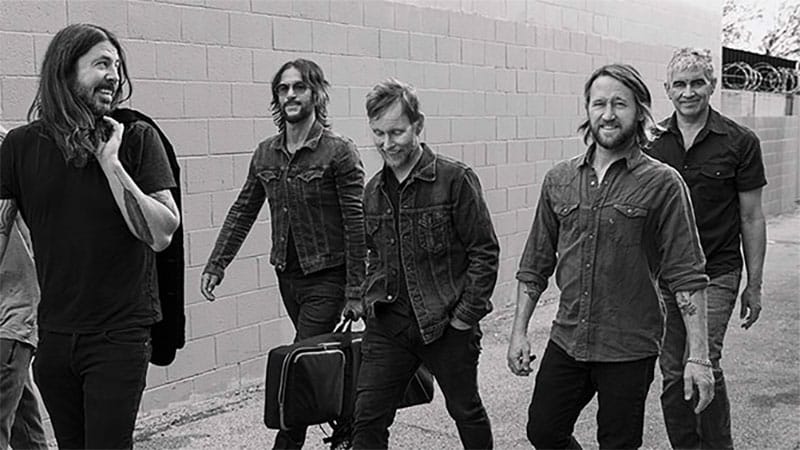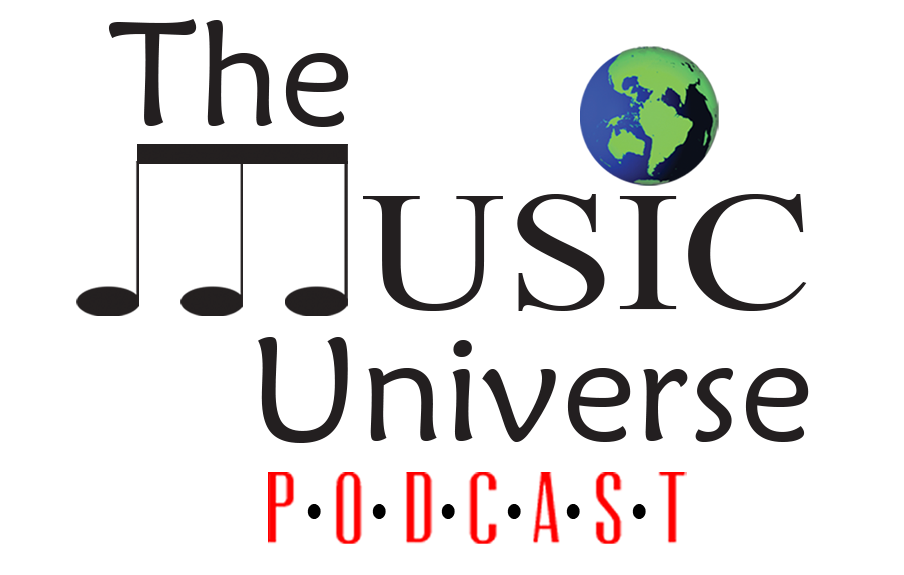As a genre, rock music has undergone numerous phases and changes over the years. Once viewed as alternative, it has now become one of the most popular forms of music around.
However, rock wasn’t always AC/DC, The Clash and Nirvana – it had humble beginnings rooted in jazz and blues.
Early rock music
Early rock music wasn’t packed with songs that make you pumped as it is now, as it grew out of African American rhythm and blues combined with country music. The two melded together well, creating upbeat and rhythmical beats that most people hadn’t heard before.
Rockabilly
One of the first subgenres to enter rock was rockabilly. It took the beats that created rock and added more country notes. This more upbeat form of country music took the world by storm as it was often viewed as “edgier.”
Some of the most famous rockabilly acts include Jerry Lee Lewis, Carl Perkins and the King himself, Elvis Presley.
Doo-wop
Doo-wop was a rock sub genre that also formed in the late 50s and was categorized by more harmonious singing and melodic tunes. The music was pegged back a bit but kept the rock framework. The Five Satins and The Platters were two highly influential doo-wop groups.
British influence
You can’t talk about the history of rock music without talking about the British invasion. The 1960s was a critical period in music, as it saw an influx of British rock bands into the United States, bringing their unique take to the masses.
There are arguably no two bigger bands part of the British invasion than The Beatles and The Rolling Stones. Their combination of loud and brash instrumentals with deep and melodic lyrics captivated audiences worldwide.
Psychedelic
It is no surprise that once we reached the late 60s and early 70s, music became a bit more psychedelic. This form of rock was easily distinguishable due to the array of distorted guitars, experimental sounds and incredibly trippy lyrics.
A few pioneers of psychedelic rock are widely regarded as some of the greatest groups and singers in music history, including Pink Floyd, Grateful Dead and Jimi Hendrix.
Punk
In the 70s, a culture of musicians began to arise, almost in defiance against the excesses of psychedelic rock. They viewed it as focusing only on the wild lifestyle and insisted on creating their own brand that focused only on the music; thus, punk was born.
Punk bands existed as a way to fight “the man” and go against the grain. Their music was simple but loud and brash, with lyrics that covered a wide variety of topics. Some of the biggest groups at the time included The Ramones, The Clash and The Sex Pistols.
Hair metal
The 80s was a time when rock split into more and more sub genres. One of the most popular to come out was hair metal. The genre is highly theatrical, with groups wearing over-the-top outfits, having big hair and playing loud instruments.
The genre included touches of punk, psychedelic, the British invasion and a sprinkling of thoughtful lyrics. Some of the biggest hair metal bands include Motley Crue, Guns N’ Roses and Poison.
Alternative
Much like how punk was a reaction to the rise and popularity of psychedelic rock, alternative rock was a fight against the commercialization of hair metal. Groups viewed hair metal bands as all flash and no substance, finding success due to their look and not their musical ability.
Alternative music is famed for having unique and experimental sounds and lyrics that cover politics, love and life and can even be completely non-sensical. A few famous alternative groups include R.E.M. and Pearl Jam.
Grunge
The late 80s and early 90s were dominated by a brand new and highly influential genre of rock music – grunge. Categorized by the almost dark and deep guitar and drum notes, grunge was another push against the more mainstream and commercialized music and bands of the time.
Bands such as Soundgarden, Pearl Jam and Nirvana made it very clear that they didn’t care about the music industry but rather the music itself. Kurt Cobain was famously lost for words when hearing how expensive a Madonna ticket was, repeating how they create music for the people and not for the money.
Modern-day combinations
Nowadays, rock is a melting pot of sub genres and sounds, with no one form being more popular than another. Metal has seen constant popularity over the years, with many groups diving into folk, classic rock and even EDM to keep their sound fresh and exciting.






